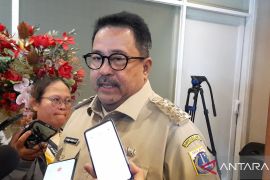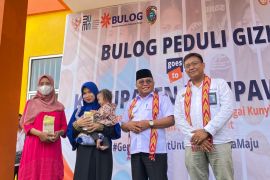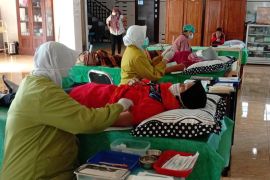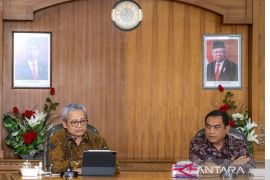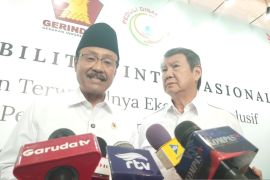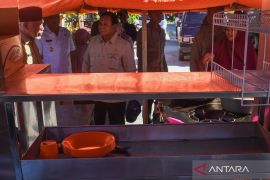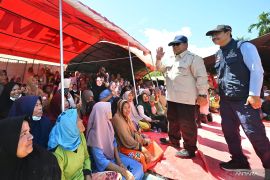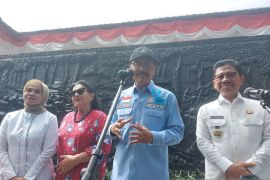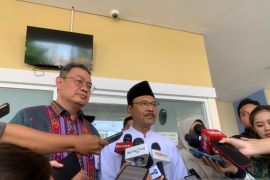Social Affairs Minister Saifullah Yusuf said this measure was based on discussions at a cross-ministerial working meeting, including with the Ministry of Home Affairs and the Ministry of Villages.
"Posyandu have been perceived as merely places for weighing toddlers, when in fact, they function as integrated service centers for residents at the village level," he stated on Monday.
In the future, Posyandu will be equipped with integrated facilities and infrastructure within the Integrated Referral Service System (SLRT), as agreed upon in a recent cross-ministerial discussion in Jakarta, Yusuf noted.
According to him, Posyandu is eligible to accommodate meeting points for Family Hope Program (PKH) assistants, village facilitators, agricultural cadres, and other parties involved in strengthening village social networks.
Yusuf noted this effort as a crucial measure since ensuring the targeted distribution of social assistance, specifically to low-income families or those in the lowest welfare groups (deciles 1-4), will always be a challenge without an integrated intervention scheme down to the village level.
"Data is very dynamic. It changes with every birth, migration, and divorce. This integrated service at Posyandu is projected to be comprehensive with closer and faster service," he added.
With this scheme, he believes every resident's needs can be directly communicated to the center, speeding up the verification process. This synergy will also enable a quick response to community complaints, including those related to health, education, and economic hardship.
"Posyandu revitalization can also improve the accuracy of social assistance data in the future, while simultaneously increasing the government's presence at the village level," Yusuf remarked.
His office was previously assigned to distribute regular social assistance in the form of the Family Hope Program (PKH), staple food assistance (BPNT), and Direct Cash Assistance (BLTS) for the fourth quarter of 2025, with a total quota of 35,046,783 beneficiary families (KPM).
Of this quota, 16.3 million existing beneficiary families (KPM) and 18.7 million new KPM were recorded, according to the National Integrated Socioeconomic Data (DTSEN).
These beneficiaries received a total of Rp900,000 (US$52) to Rp1.2 million (US$70) in stimulus funds from the government.
Of this quota, the Ministry of Social Affairs, along with its distribution partners, PT Pos Indonesia and all Himbara (State-Owned Banks), completed distribution to 15.7 million beneficiaries in October, as the first phase.
The second phase of distribution is targeting 11.6 million KPM, and more than 8 million KPM will receive the aid in the third phase around December 2025.
The ministry confirmed that they are part of the 18.7 million new KPM, who have been verified as families in deciles 1-4 based on the National Integrated Socio-Economic Data from Statistics Indonesia (BPS).
Related news: Jakarta govt expands mental health services to posyandus
Related news: Genting program in Central Bangka targets 1,136 children
Related news: Ministry optimizing health posts to promote free screening
Translator: Resinta Sulistiyandari
Editor: Azis Kurmala
Copyright © ANTARA 2025

